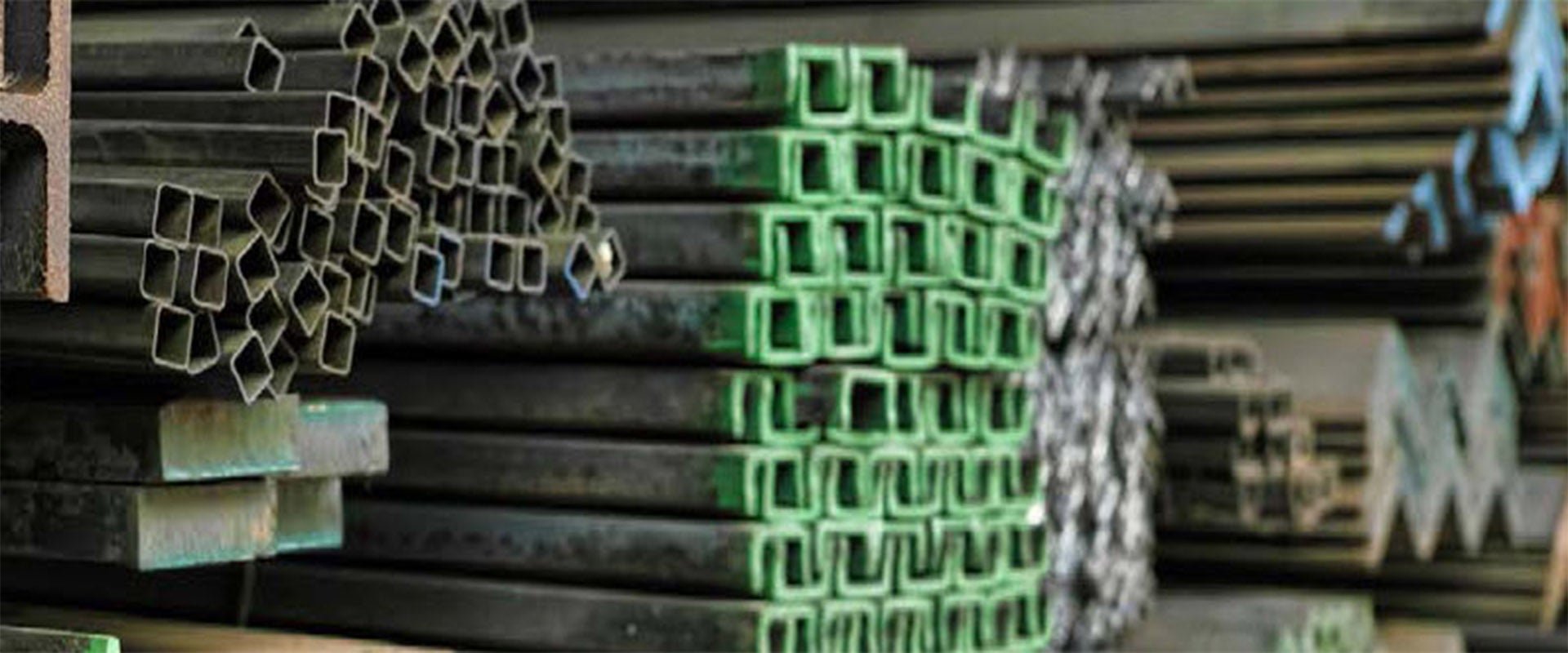
Be Bold: A Playbook for Domestic Manufacturers Facing Import Threats
- VOLUME XVI, ISSUE 19
- Executive Insights

With increasing globalization, overcapacity in plants in low cost countries and low shipping rates, there has never been a better time to import. Many materials are now being shipped on routes that were non-existent 10 years ago. For example, steel tube imports increased from under 20% of the market in 2002 to over 50% in 2012. Asian plants in key commodities are experiencing overcapacity. In China, steel and cement manufacturers used only 72 % of their capacity as of the end of 2012.
Over in Europe and the U.S., a weak local currency provided some protection against imports. But in Australia, the strength of the currency had the opposite effect. Domestic manufacturing has become increasingly expensive. Even as the Australian dollar now depreciates, the recent period of strong currency has meant that import channels have been established. Although opportunistic competition could disappear in time, importers who have invested in infrastructure and local resources are here to stay, the trend has been set.
In this, the first installment of a series, we explore the competitive pressures faced by manufacturers in an increasingly globalizing economy, and the essential market-facing responses to increasing pressure from overseas competition.